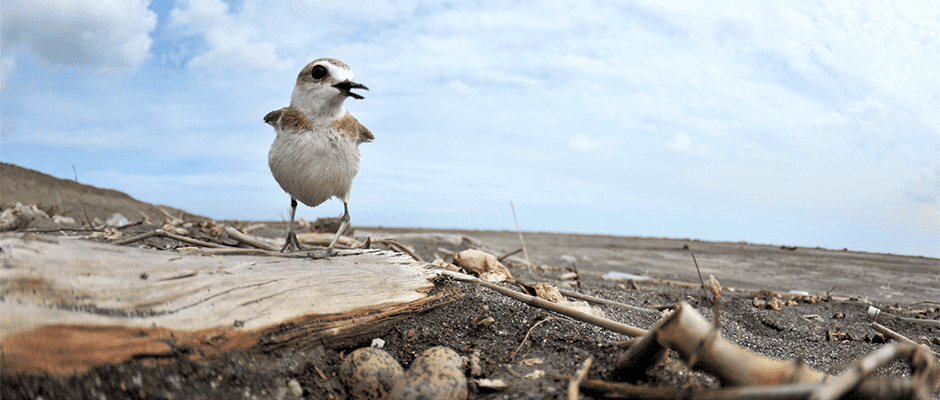Share this article
Male and female plovers cooperate more as climate changes
As temperatures get warmer and more variable with climate change, male plovers are taking on more of the incubation duties, a new international study demonstrates.
“Climate influences parental cooperation,” said Orsolya Vincze, first author on the paper published in Global Ecology and Biogeography.
“It looks that if temperatures increase and variability increases, the sex that normally invests less in parental care will invest more,” she said.
Using data gathered between 1981 and 2012 across all continents except Antarctica, Vincze and her colleagues analyzed the time males and females in 36 populations of plovers (Charadrius spp.) spent sitting on their eggs. The biologists counted the number of males and females trapped on their nests in a given time window to calculate ratios to quantify male parental care. Then they examined these numbers in the context of both average temperatures and stochasticity, or year-to-year variation, in temperatures over the decades.
“We not only show that mean, or average, temperatures influence parental cooperation, but also environmental stochasticity, which is also expected to increase with climate change,” said Vincze, a doctoral candidate in the Department of Evolutionary Zoology and Human Biology at the University of Debrecen in Hungary. “This has strong implications for animal behavior if climate change continues.”
If males and female plovers switch off more on incubation, Vincze said, they could be sacrificing resources that would otherwise be invested in future reproductive efforts. Depending on the parents’ ability to adapt to the changing climate, this could impact breeding systems and population dynamics, she said.
Many plover populations are already experiencing decline because of habitat loss, degradation, fragmentation and human disturbance in coastal and wetland areas, Vincze said. According to the International Union for the Conservation of Nature, of the 13 species studied, the Madagascar plover (Charadrius thoracicus) and Saint Helena plover (Charadrius sanctaehelenae) are vulnerable. And three — the piping plover (Charadrius melodus), snowy plover (Charadrius nivosus) and Malay plover (Charadrius peronei) — are near-threatened.
“Plovers are extremely flexible,” Vincze said. “It would be interesting to see how different species react to environmental variability and increasing average temperatures.”
Header Image: A female Kentish plover in Taiwan approaches her nest to incubate her eggs. ©Weiting Liu








